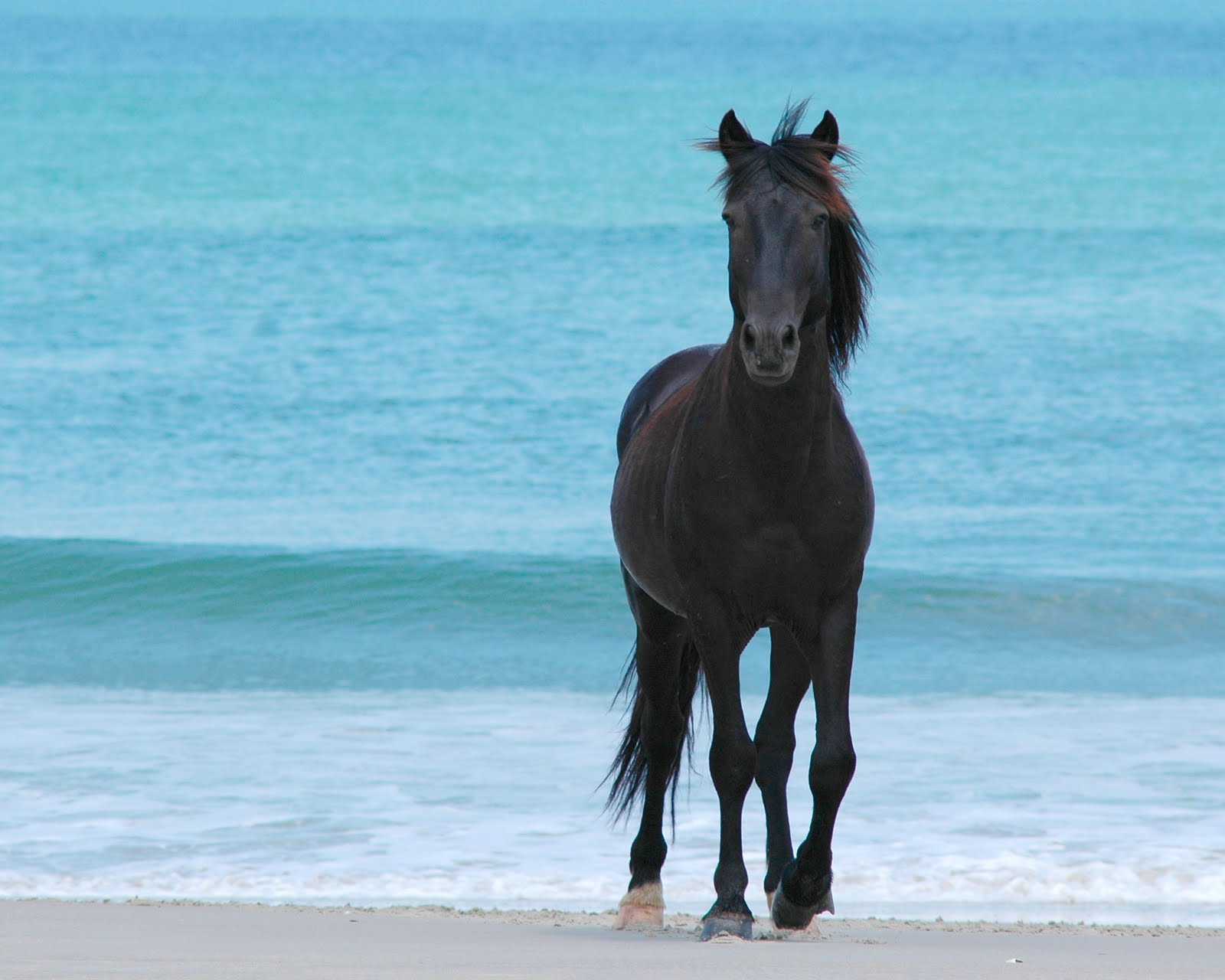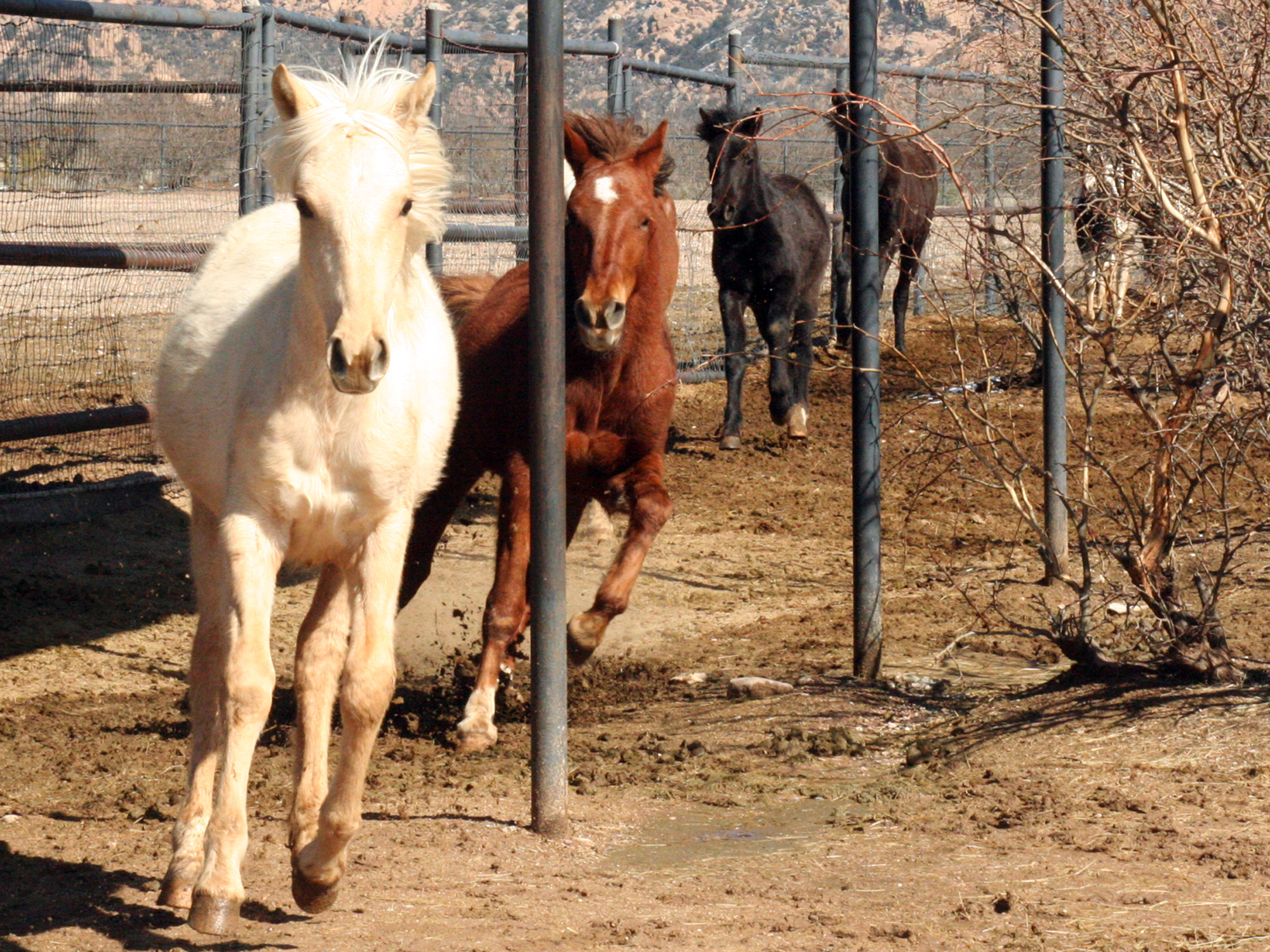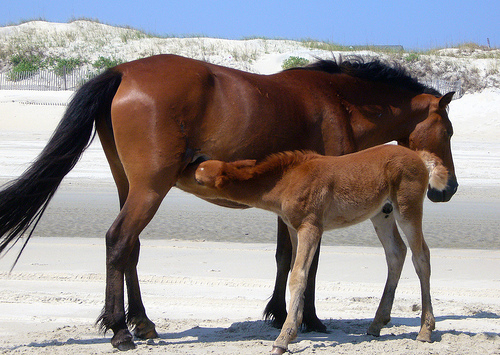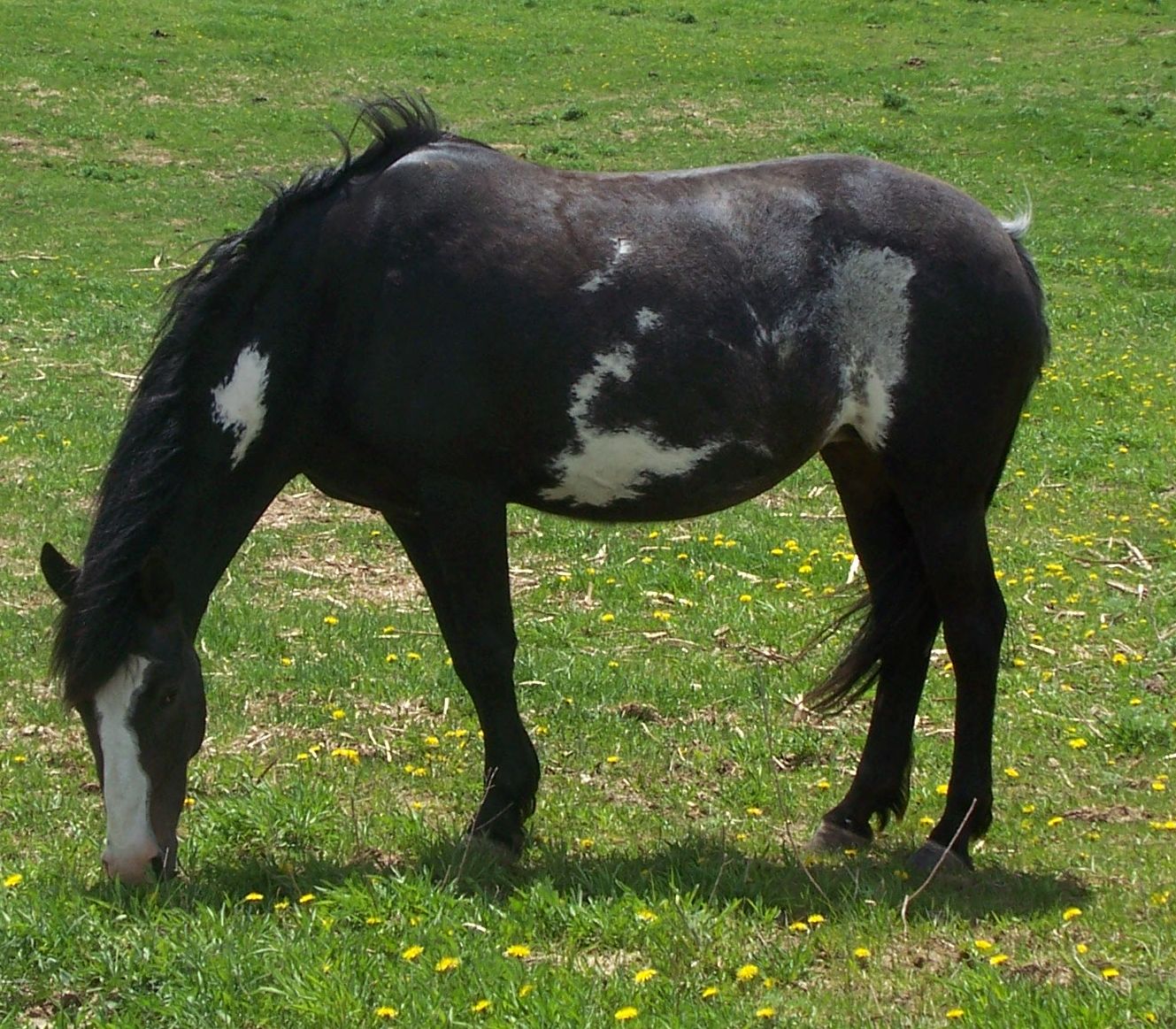| | |
| Colonial Spanish Information
Colonial Spanish | Riding Breed | 
| | Working Breed | 
| | Sport Breed | 
| | Show Breed | 
| | Pony Breed | 
| | Easily Trained | 
| | Independant | 
| | All Climates | 
| | All Terrain | 
| Colonial Spanish Qualities | The breed known as the Colonial Spanish was once the most popular type of horse around. Made famous by the Spanish explorers sometime in the fifteenth century, this well versed horse is one that can be utilized for competition and has been for a very long time. They are commonly found in polo events and can also be used as working horses. In the past, they have been utilized in the Armed Forces and on farmlands. They have also been referred to as American Heritage, Spanish Mustangs, Spanish Barbs, and American Barbs. | Colonial Spanish Temperament | While the Colonial Spanish horse is useful for work or as a show animal, they can be a tad challenging to train. Some are stubborn, but if they do become successfully trained while they are young they will have an amazing loyalty to their owning family. Very smart creatures, they will not seek out a dangerous situation if not needed. | Colonial Spanish Appearance | The Colonial Spanish horses are bred in various colors. Any shades from blacks to browns to reds can be found in this breed. They are considered an average size horse that has the ability to range in size anywhere from thirteen to fourteen hands in size. If you will be domesticating your horse, they can reach a much higher life expectancy than those who are not. Around twenty years and up is normal for this breed. | Colonial Spanish Upkeep | Caring for your Colonial Spanish horse can be relatively simple. Once they are trained appropriately, they can suffice on their own merits rather well. As young creatures they will pose some challenges, but overall they can be simple to tend to as they age. They are very resourceful and great working animals. Typically, they can reside in most all climates and are not prone to any major illnesses. | Colonial Spanish History | Coming to America with the Spanish explorers, the Colonial Spanish horses began roaming around during the fifteenth century. After being successful in the New World endeavors, they quickly became very popular in the western states of the U.S. Once the eighteen hundreds came about, these horses were beginning to be cross bred to create a larger animal. By the mid nineteen hundreds, the breed was thought of as extinct. A man named Robert E. Brislawn developed the Spanish Mustang Registry and the entire breed was saved from that point on. Currently, experts believe there are a few thousand horses in the world that could be under the Spanish Mustang registry. Historically, they have been known to have the ability to travel very far and not sustain any health ailments at all, which is quite remarkable. In their native Spain, they are still thought of as extinct animals. Today, they can be found in Texas and in France as well on large ranches. Ranches in Arizona are also building in size on a yearly basis, making the southwest a very appealing place for the Colonial Spanish breed to flourish. | Colonial Spanish Photos Colonial Spanish Videos |
| |



